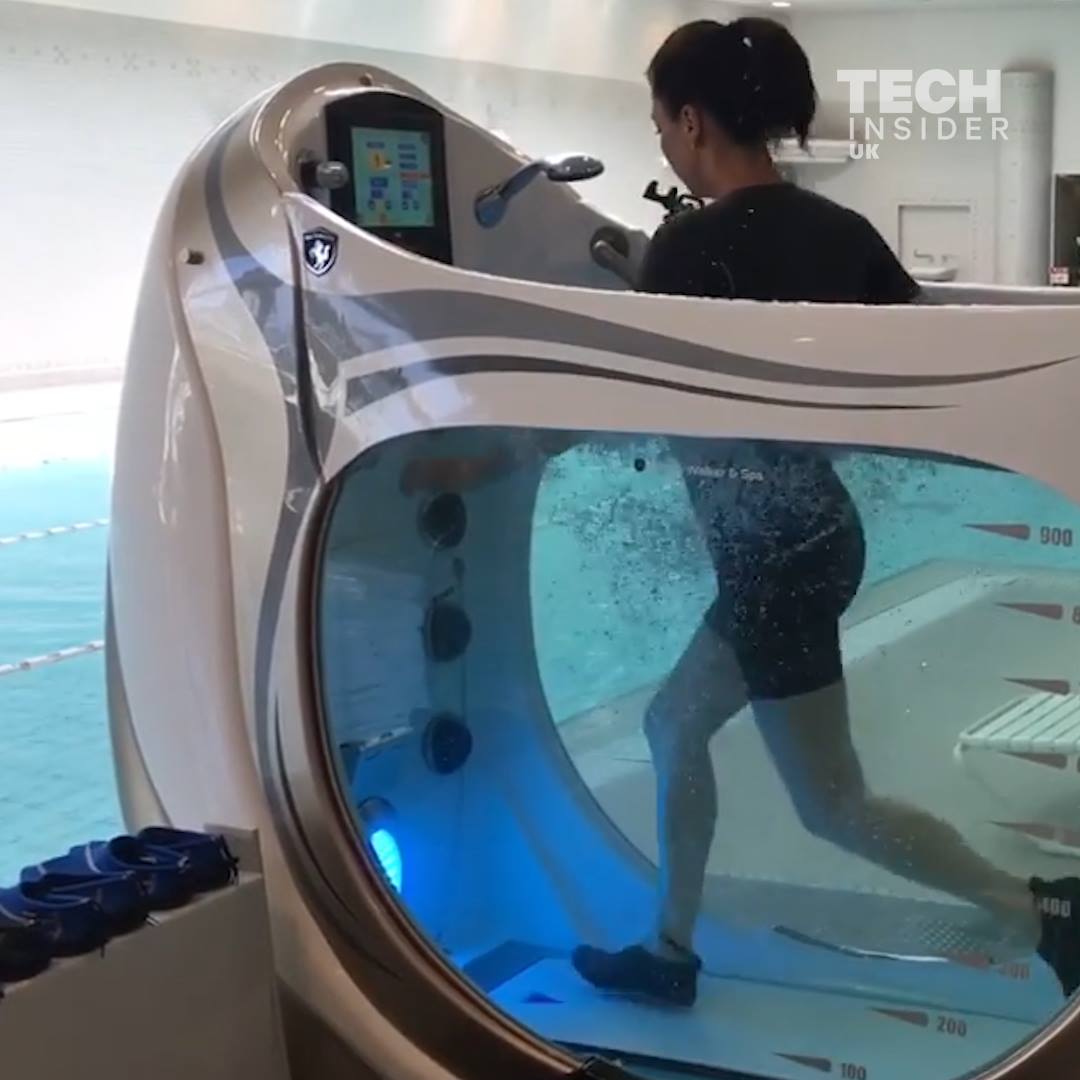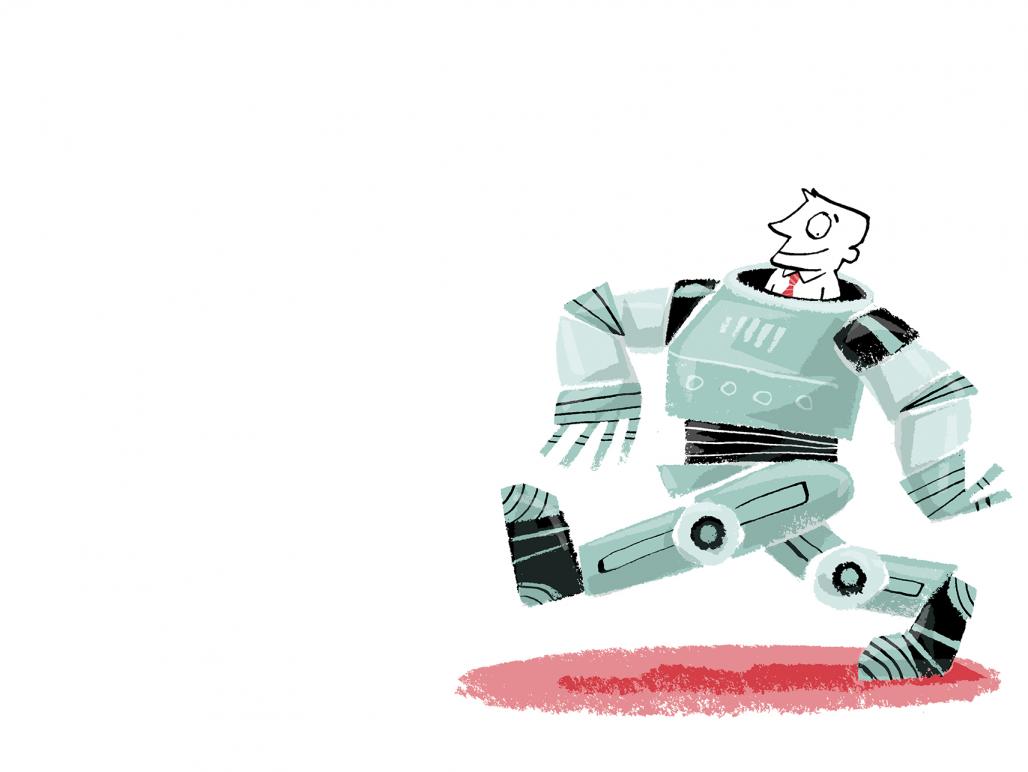IRON MAN SUIT: The 800 horsepower outfit can reach 30 mph.
Category: futurism – Page 1,239
An Inconvenient Sequel: Truth to Power | August 24
Make your voice heard. Share the new trailer for Al Gore’s An Inconvenient Sequel: Truth to Power. In theatres August 24th. #BeInconvenient

Apple has opened the most expensive office building in the world
“Welcome to the ‘Spaceship Campus’.

I, Robot: Japan’s Cyborg Society — By Simon Cox | 1843
“The Japanese government believes robots and humans can live happily side by side. Our correspondent steps into the shoes of an “immigrant from the future””
Removing Net Neutrality: The Nightmare (Future A to Z)
The recent efforts to remove Net Neutrality have given many a sense of impending doom we are soon to face. What happens to an Internet without Net Neutrality? Advocates have a vision of the possible results — and it is quite the nightmare! In this segment of Future A to Z, The Galactic Public Archives takes a cheeky, yet compelling perspective on the issue.

I’ve just returned from some busy travels and I’m still dealing with my own father’s recent death, so I’m a bit late with this post, but legendary futurist Jacque Fresco passed away last week
He was 101 years old. I had the honor to meet Jacque and Roxanne Meadows last year at The Venus Project in Florida. I wrote an extensive article for Vice Motherboard on Jacque and the Resource-based economy: https://motherboard.vice.com/en_us/article/eliminating-money…chnoutopia And Now This Future did a video on my visit with him that now has 14 million views and over 180,000 Facebook shares: https://www.facebook.com/NowThisFuture/videos/1500983249942850/ I’m grateful I met Jacque. He was an amazing person! And his important work will live on.
